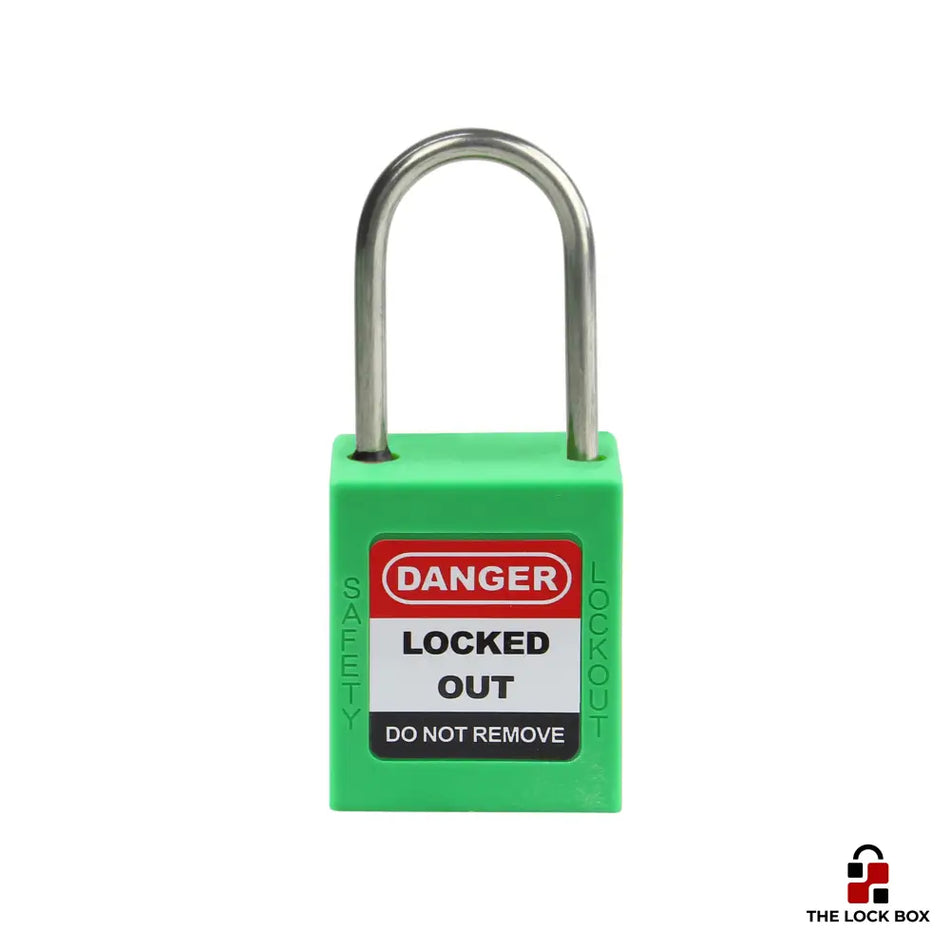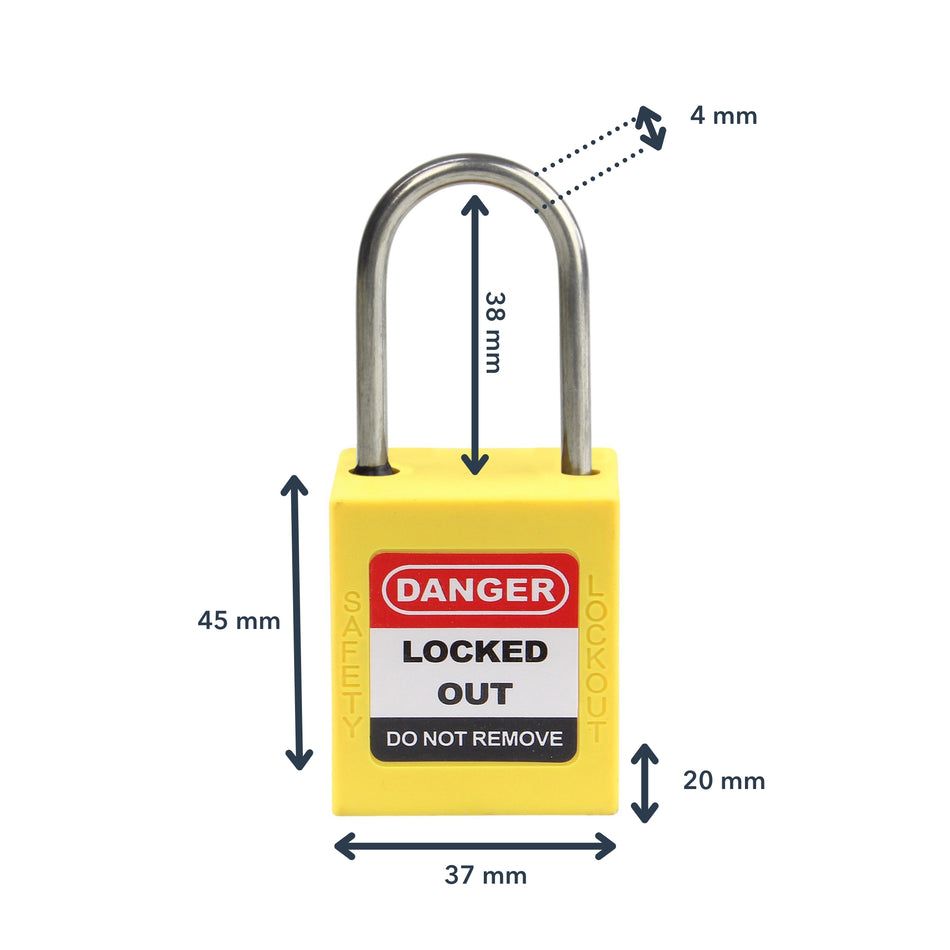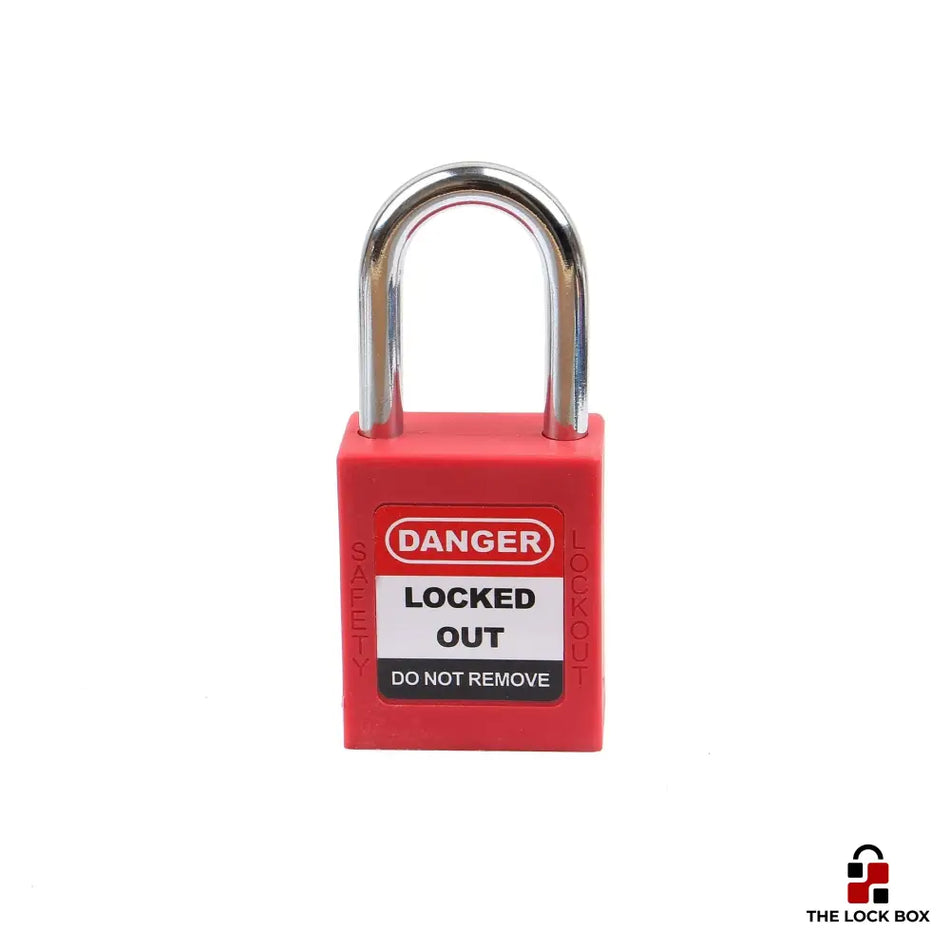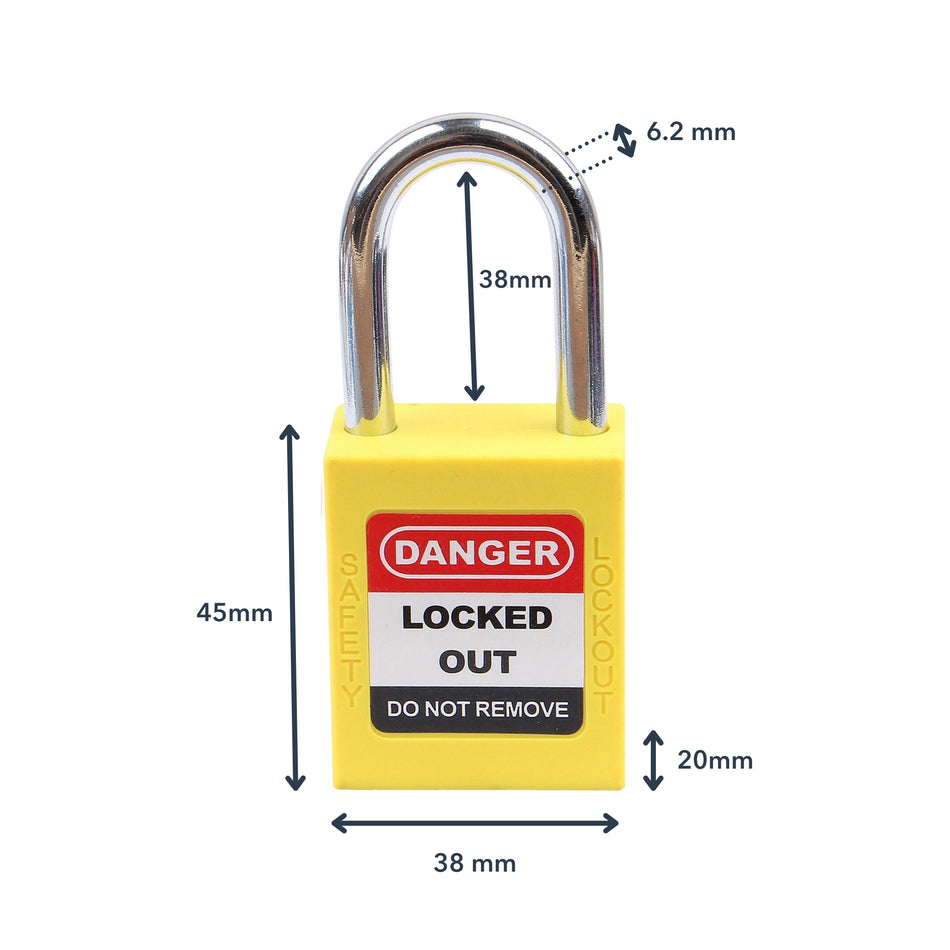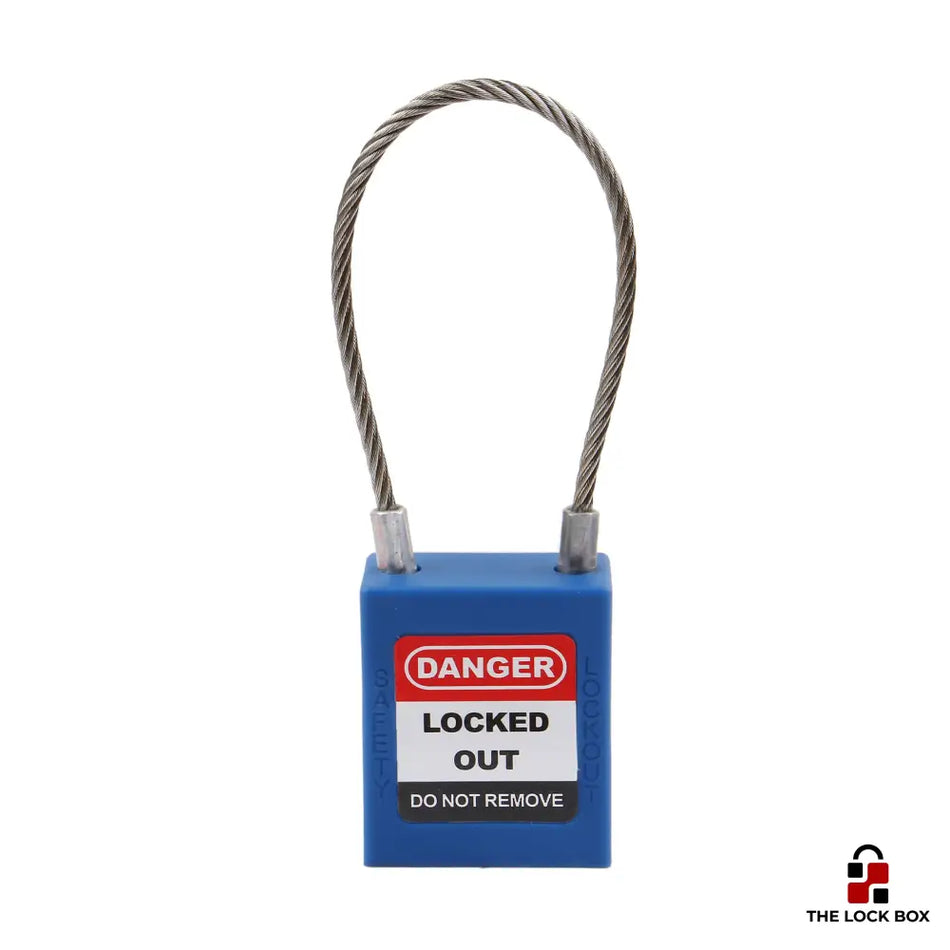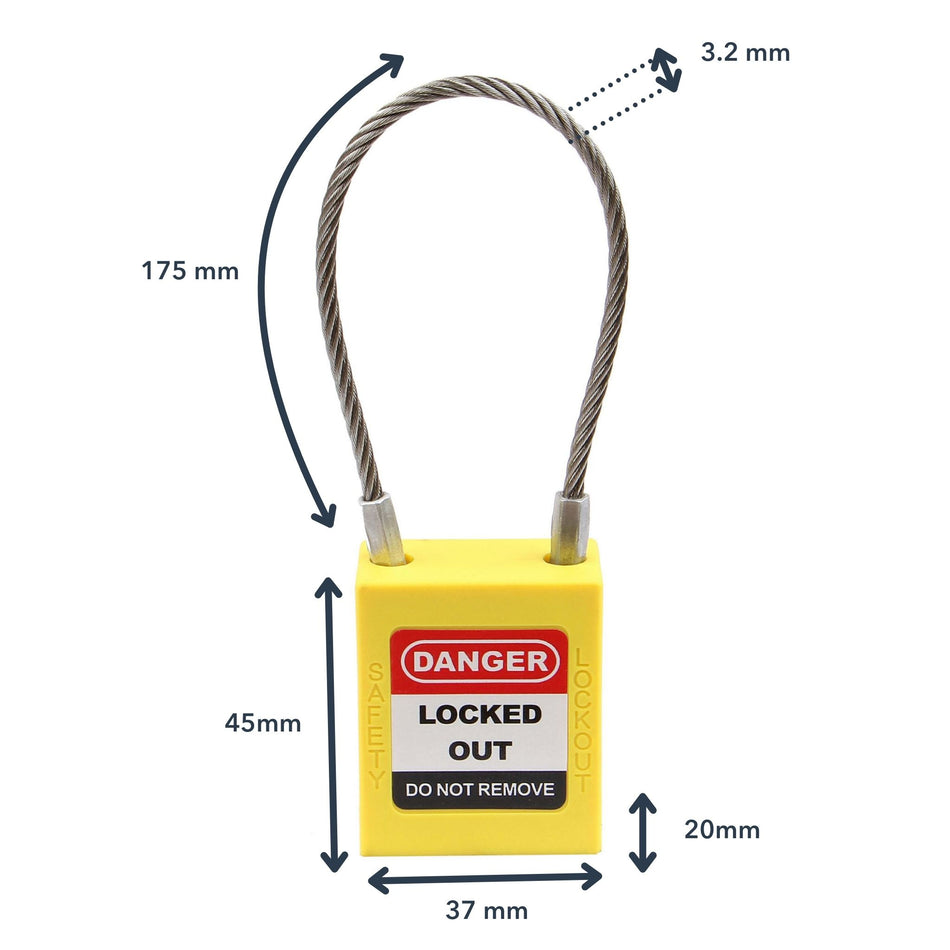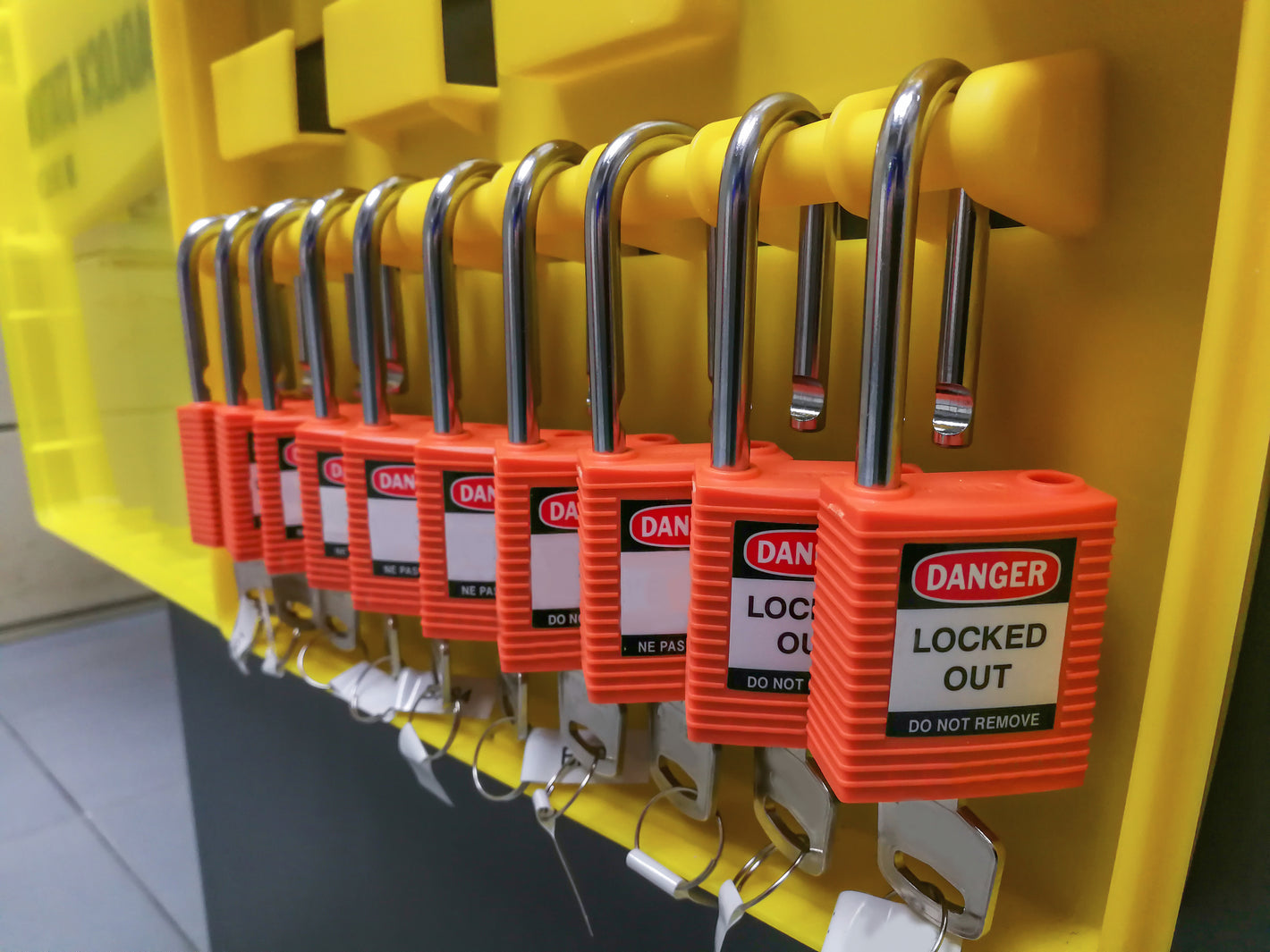Table of Contents
Lockout Tagout (LOTO) is a critical safety procedure used in various industries to ensure that dangerous machinery and equipment are properly shut off and not able to be started up again before the completion of maintenance or repair work. This procedure is vital for protecting workers from the unexpected release of hazardous energy. Key components of Lockout Tagout include devices like hasps and lockboxes, each serving distinct purposes within the safety process. In this blog post, we will explore the basics of Lockout Tagout , delve into the uses and benefits of hasps and lockboxes, and discuss best practices for employing these tools effectively.
Lockout Tagout Hasps
A lockout hasp is a device that allows multiple padlocks to be used when isolating one energy source. This ensures that each individual working on the equipment can apply their own padlock, preventing the energy source from being re-energized until every worker has removed their lock.
What are Hasps?
Hasps are metal or plastic devices that provide a means for multiple locks to be attached to a single lockout point. They are typically used in scenarios where more than one person needs to work on the same piece of equipment, ensuring that it cannot be accidentally energized until all workers have completed their tasks and removed their locks.
When to Employ Hasps
Hasps are ideal in situations where multiple workers are involved in the maintenance or repair of machinery. Each worker attaches their own padlock to the hasp, which prevents the equipment from being started until all padlocks are removed. This ensures that no single worker can inadvertently re-energize the equipment, providing an added layer of safety.
Advantages and Limitations
- Advantages: Allows multiple workers to secure a single energy source, easy to use, cost-effective.
- Limitations: Limited to applications where physical attachment of multiple locks is possible, may not be suitable for complex energy isolation procedures involving numerous lockout points.
Lockout Tagout Lockboxes
Lockboxes are devices used to secure keys to locked-out equipment, enabling group lockout situations where multiple energy sources need to be controlled. They offer a centralized locking point for complex lockout procedures.
What are Lockboxes?
Lockboxes are robust containers that hold keys to locked-out devices. In a lockout procedure, all keys from individual lockout points are placed inside the lockbox. Each worker then places their personal lock on the lockbox, ensuring that the equipment cannot be re-energized until every worker has removed their lock from the lockbox.
When to Employ Lockboxes
Lockboxes are particularly useful in complex lockout scenarios involving multiple energy sources and numerous lockout points. They provide a streamlined method for group lockout, ensuring that all keys are secured in one place and cannot be accessed until all workers have finished their tasks.
Advantages and Limitations
- Advantages: Centralizes key management, simplifies complex lockout procedures, enhances security for group lockouts.
- Limitations: Can be more expensive than hasps, requires a robust process to manage and control keys effectively.
Lockout Tagout Lockboxes vs Hasps
Both lockboxes and hasps play crucial roles in lockout tagout procedures, but their applications and advantages vary. Understanding when to use each device can significantly enhance the effectiveness of your Lockout Tagout program.
What Applications Favor Lockboxes?
Lockboxes are favored in scenarios where multiple energy sources need to be controlled, especially in complex machinery setups with numerous lockout points. They are ideal for group lockout situations, ensuring a centralized and secure management of all keys. This is particularly useful in large industrial environments where maintenance tasks involve multiple teams and extensive equipment.
What Applications Favor Hasps?
Hasps are best suited for simpler lockout scenarios where a single energy source needs to be secured by multiple workers. They are practical for smaller scale operations or tasks where direct physical access to the lockout point is feasible. Hasps provide a straightforward and cost-effective solution for ensuring that equipment remains locked out until all workers have completed their tasks.
Recommended Best Practices
For optimal safety, it is recommended to integrate both lockboxes and hasps into your Lockout Tagout program based on the specific needs of your facility. Use hasps for straightforward tasks involving fewer lockout points and smaller teams. Employ lockboxes for more complex and extensive procedures requiring centralized key management. Always ensure that all workers are adequately trained in the proper use of both devices and understand the importance of following lockout procedures meticulously.
Conclusion
Both lockout tagout hasps and lockboxes are indispensable tools in ensuring workplace safety. While hasps are ideal for simple, multi-worker lockout situations, lockboxes excel in managing complex, multi-point lockout procedures. By understanding the unique advantages and applications of each, you can enhance your Lockout Tagout program's effectiveness and ensure a safer working environment.
At The Lock Box, we are committed to providing top-quality safety solutions tailored to meet your specific needs. Our wide range of Lockout Tagout products, including hasps and lockboxes, are designed to help you maintain a robust safety culture and protect your workforce from hazardous energy sources. Visit our website to explore our collection of lockout hasps and lockboxes today.

